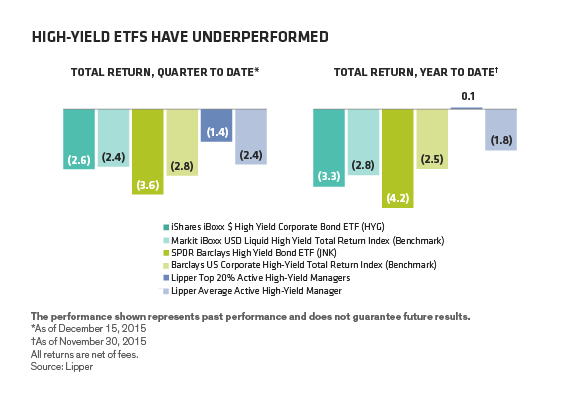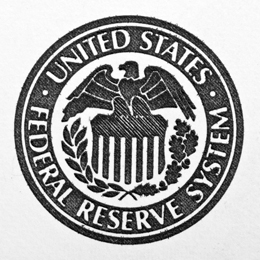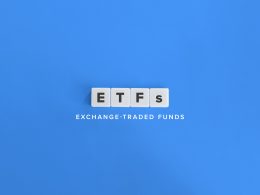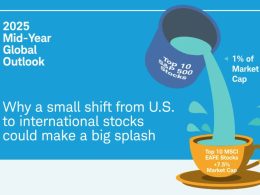ETFs: Passing Marks for Liquidity, but What About Performance?
by Fixed Income AllianceBernstein
Proponents of credit exchange traded funds (ETFs) claim the last week of market turmoil was a test for these instruments—and that they passed. We think this takes grading on a curve to a new level.
The cheerleaders say ETFs succeeded because they traded regularly after a high-yield mutual fund failed and barred investor withdrawals. Here’s what they’re not telling you: in exchange for this liquidity, investors ended up with instruments that have woefully underperformed active mutual funds—recently and over many years.
For long-term investors who are saving to pay for college or retirement, that’s an awfully steep price to pay for something they don’t really need.
The numbers speak for themselves: Over the first 11 months of this year, the two largest ETFs—HYG and JNK—have sharply underperformed the average active manager, not to mention their own benchmarks. They’ve also trailed the average active manager so far in the fourth quarter (Display) and since the start of December, one of the year’s most volatile months so far.

ETFs’ longer-term performance falls short, too. In fact, not only have active managers outpaced ETFs over the long run, they’ve done it with lower volatility, as measured by risk-adjusted returns. The Sharpe ratio, which measures return per unit of risk, was 0.45 for JNK and 0.51 for HYG between February 2008, shortly after they began trading, and November of this year. For the top 20% of active high-yield managers, it was 0.71.
How Much Liquidity Is Enough?
Is the ability to get in or out of an ETF at any point in the day worth the underperformance? For asset managers and traders who need to trade frequently to hedge positions, maybe. After all, they’re not investing in these instruments as long-term income generators.
But a large share of the people who own high-yield ETFs aren’t traders. They’re regular folks saving for college, or to buy a new home, or for retirement. In other words, they’re investors, not traders. Most probably aren’t doing any intraday trading at all. If they’re buying ETFs for the liquidity, they’re paying—dearly—for something they don’t need.
In our view, an actively managed mutual fund is likely to offer higher potential returns over the long run—and give investors a better chance of meeting their goals. In fact, the data suggest that investors who want long-term exposure to high yield would do better to pick an active manager out of a hat than invest in an ETF.
With Mutual Funds, Diversification Is Key
All well and good, some investors are no doubt thinking. But what happens when mutual funds fail? That’s a fair question. Liquidity is important for everyone, as the failure of Third Avenue Management’s Focused Credit Fund illustrates. But it’s important to remember that this mutual fund was not a typical high-yield fund. It focused almost exclusively on risky distressed debt issued by highly leveraged companies.
These types of assets are relatively illiquid, and that became a problem when large number of investors wanted to sell their shares. In other words, investors were promised “daily liquidity”—the ability to buy or sell shares in the mutual fund at the end of each trading day—but the assets the mutual fund owned could not be bought or sold on a daily basis. These types of strategies are bound to fail eventually.
Most high-yield managers follow more diversified strategies that focus on a wide array of higher-quality assets. Of course, investors should still make sure their investment managers have a dynamic, multi-sector approach and are managing their liquidity risk effectively. Those who do a good job will be in position to meet redemptions during downturns and seize opportunities as they arise. That’s something Third Avenue couldn’t do. High-yield ETFs can’t do it, either.
The recent turbulence in the high-yield market probably isn’t over. But we don’t think that should concern long-term investors too much. In our view, the best approach at this point is probably to ride out the storm. The intraday liquidity ETFs offer comes at a high price—and if you’re a long-term investor in high yield, you shouldn’t be paying it.
The views expressed herein do not constitute research, investment advice or trade recommendations and do not necessarily represent the views of all AB portfolio-management teams.
Director—High Yield

Gershon M. Distenfeld is Senior Vice President and Director of High Yield, responsible for all of AllianceBernstein’s US High Yield, European High Yield, Low Volatility High Yield, Flexible Credit and Leveraged Loans strategies. He also serves on the Global Credit, Canadian and Absolute Return fixed-income portfolio-management teams, and is a senior member of the Credit Research Review Committee. Additionally, Distenfeld co-manages the High Income Fund and two of the firm’s Luxembourg-domiciled funds designed for non-US investors, the Global High Yield and American Income Portfolios. He has authored a number of published papers and initiated many blog posts, including “High Yield Won’t Bubble Over,” one of the firm’s most-read blogs. Distenfeld joined the firm in 1998 as a fixed-income business analyst. He served as a high-yield trader from 1999 to 2002 and as a high-yield portfolio manager from 2002 until 2006, when he was named to his current role. Distenfeld began his career as an operations analyst supporting Emerging Markets Debt at Lehman Brothers. He holds a BS in finance from the Sy Syms School of Business at Yeshiva University and is a CFA charterholder. Location: New York
Related Posts
Copyright © AllianceBernstein















